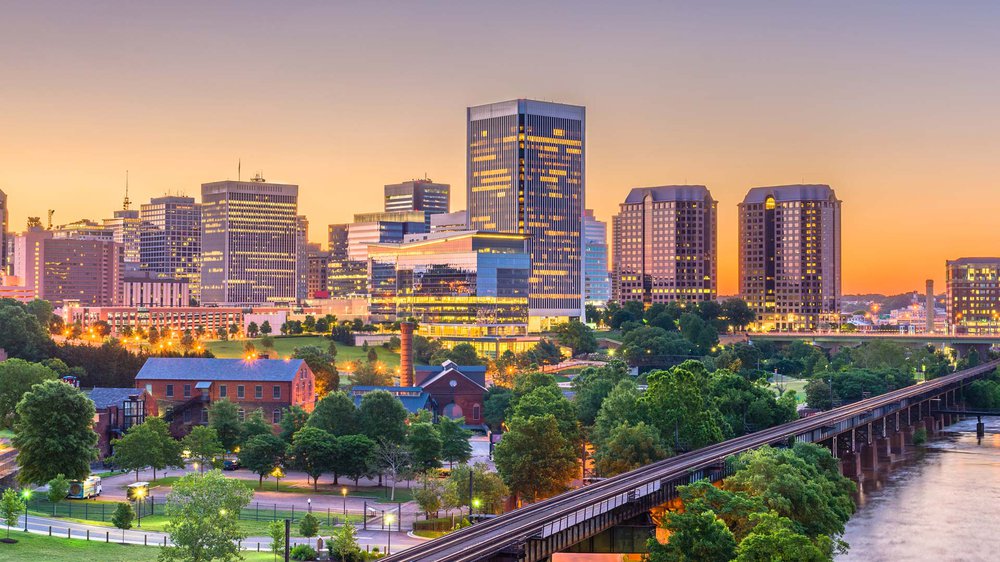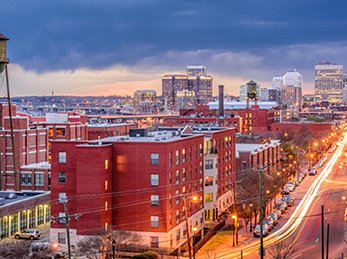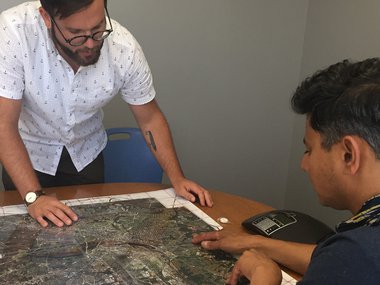Question Your World: How Many Mega Cities Are on Earth Now?
We now have seven and a half billion people on Earth and counting! A little over half of those folks live in urban areas, some of them in mega cities. As the number of people grows across the globe, so will the number of mega cities. Let's explore this topic by asking today's big question: How many mega cities are on Earth now?
First of all what is a mega city? Simply put, over ten million people living together in an area is considered a mega city. Some are straight-up cities and others are conglomerations of a few close regions that come together to form a population of over 10 million people.
As of 2010, there were 30 mega cities on Earth. In 2017, that number had grown to 47. That’s a lot of people! In a time span of seven years, the dense urban population grew by over 17 million people total, thus bringing us 17 new mega cities to add to our growing list.
Tokyo, Japan, the original and still reigning champion, is the largest mega city with 37.9 million residents. There were some newcomers on the list as well, like India’s 4th mega city, Chennai. India is already home to New Delhi, Mumbai, and Kalkota. Adding up India's now four mega city populations gives us a staggering 71 million people in those four cities alone. Pretty big when you compare it to the state of Virginia's 8 million residents. Also new to the list is Lima - Peru’s first mega city. Lima's current booming population stands at around 7,000 people per square mile. That's some dense city living!

Image credit: Getty Images
It’s predicted that the global population will hit 9.7 billion by 2050 and bring with it more mega cities. So the question now is how do we efficiently feed, transport, educate, protect, and provide power for this growing number of people without further harming our surroundings?
There are hopeful signs as some of these growing regions adapt eco-friendly practices in order to grow while minimizing the negative environmental impacts. These advances are in the hands of scientists, urban planners, technologists, and researchers that help us better understand how our growth impacts the surroundings, the climate, and even our own health.
That’s the hope at least, right? Providing safe and enriching environments for a growing population. In the words of American poet Stevie Wonder, that’s “just enough for the city.”

